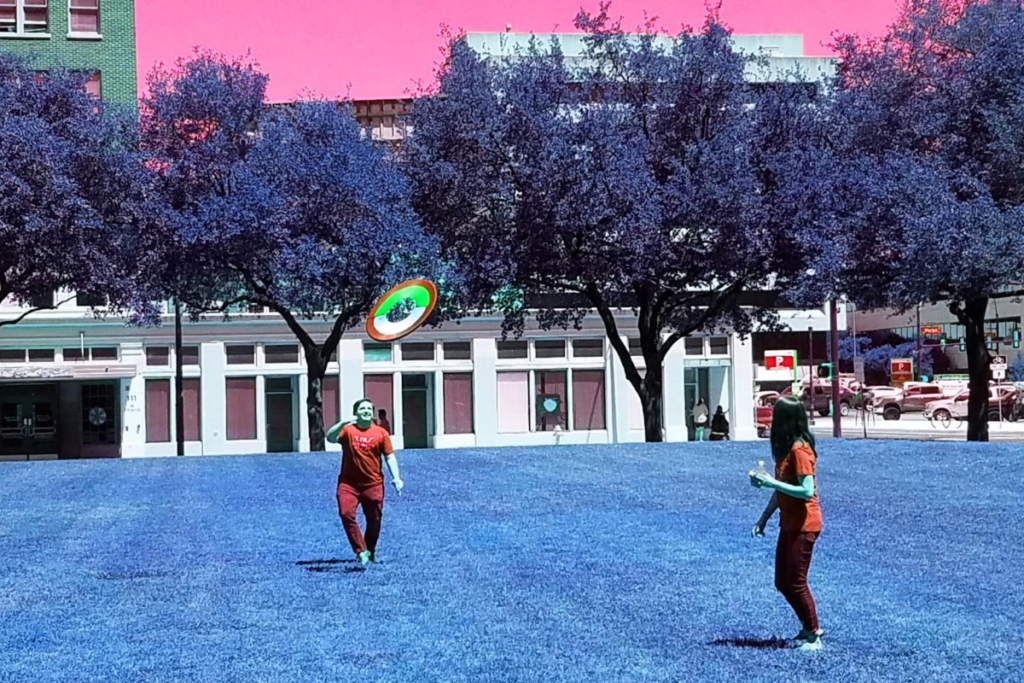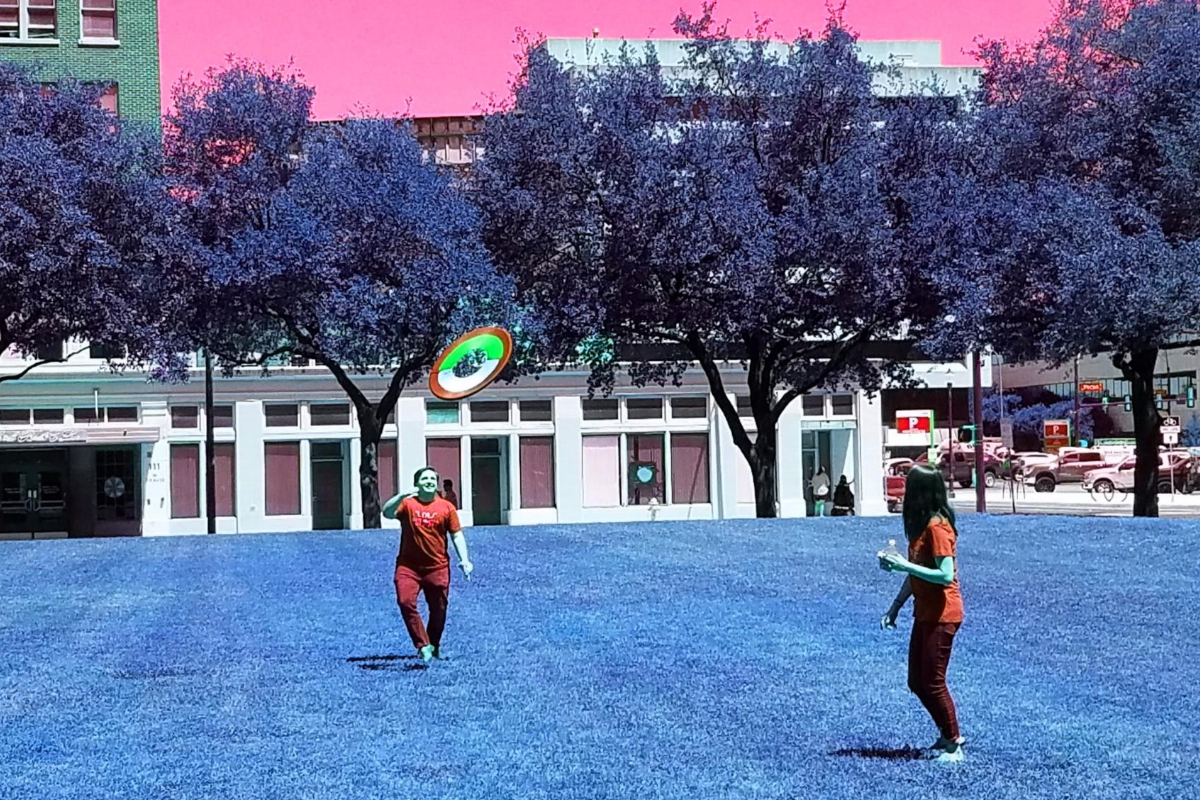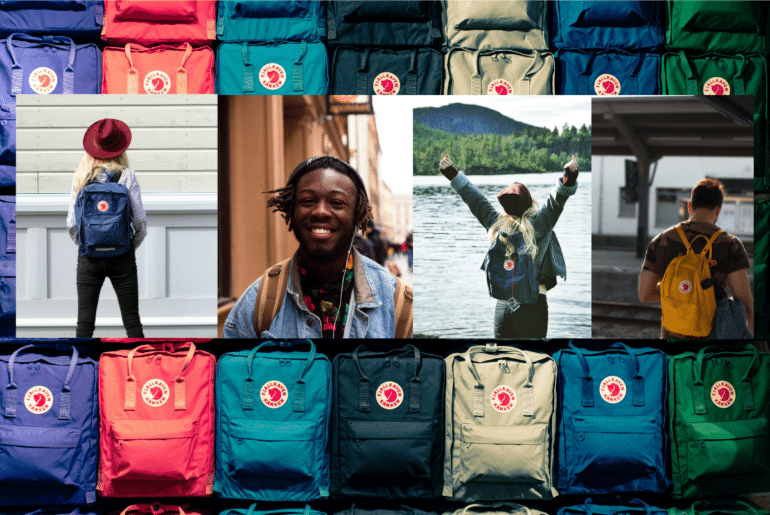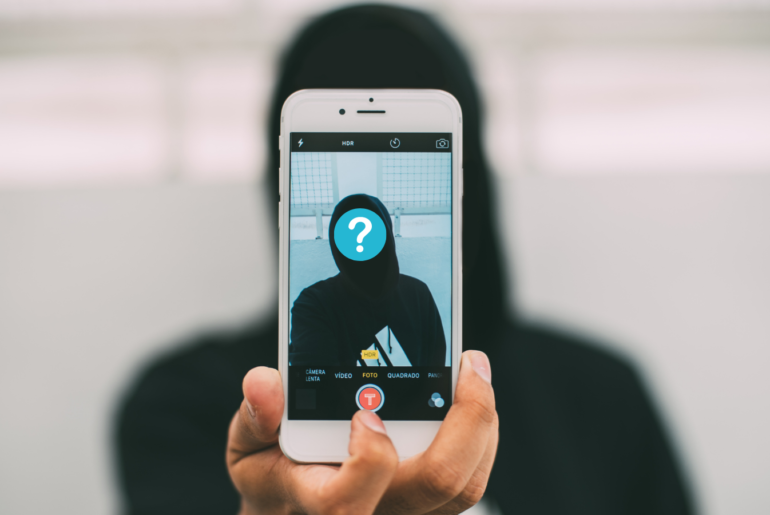You did it! You found an amazing photo of your product or service on Instagram. As a responsible marketer you reach out, contact the content creator, and ask for permission to use the picture. There are a few people in the photo. Do you need permission from everyone?
This blog is provided for general informational purposes only. We always recommend consulting qualified legal counsel if you have questions about your specific use case.

The Right of Publicity and Photography
Much of the conversation around photography rights stems from the Right of Publicity. This is the doctrine in American law that says an individual has the right to “control and profit from the commercial use of his/her name, likeness and persona”.
This means that unless your photo falls into fair use, you should probably seek permission to use someone’s likeness in marketing or other commercial treatments.
Fair Uses
- Criticism
- Comment
- Parody
- News reporting
- Teaching
- Scholarship
- Research
But the conversation doesn’t end here.
Social Media and Copyright Ownership
American law, and the vast majority of copyright or intellectual property laws, were written before the advent of the internet. The proliferation of social media platforms has required some guesswork as legislators try to catch up with technology. This required legal teams to do some speculation while statutory and case laws work their way forward.
According to the Instagram Community Guidelines, content may only be posted to the platform by a copyright owner or someone authorized by that copyright owner. Instagram has strict rules about the misrepresentation of copyright ownership. Violations of these rules can result in a variety of actions ranging from written warnings to deletion of accounts.
If someone posts content on Instagram, or similar social platforms, there is an assumption that they are the rights owner. If there are multiple people in the photo it is also assumed that the other people in the photo gave explicit or implied permission to be transmitted.
Think back to the last time you took a selfie with a group of people. Did the person holding the phone get a written permission slip from everyone present or did the act of participation create implied permission?
Being in a public place or large venue also has different rules.
Do they have a reasonable expectation of privacy?
A common test of the requirement for photography permission is to determine if the subjects of the photos have a reasonable expectation of privacy. This test considers two criteria:
- Did the people act as if they believed they were in private?
- In the same situation, would an average person in society believe they were “in private”?
Let’s consider people at a free concert in a park. The park is on publicly accessible land. There is not an access control mechanism that prevents certain people from coming and going. The people in attendance have chosen to be there voluntarily. A reasonable person would qualify the space as “out in public” and thus would expect to have limited right to privacy.
If someone, also in attendance and sharing this public space, takes a picture of the concert or the crowd; generally they don’t need to go and get photo permissions from every person in the audience. That requirement would create a significant impediment to content creation and would be unreasonable to expect them to do so for every photo.
Open Field Exception
It should be noted that some states, like Oregon, have an “open field exception”. This rule lets people expect privacy even if they’re standing in a semi-public space like an open field. The general rule is that the “open field” needs to be private property. This rule typically applies to search and seizure in criminal law, but theoretically could be applied to the previously mentioned circumstance.
Best Practice for Specific Use Cases
Employers
Employers should work with their Human Resources team to add language to employee handbooks to include photography consent and release. Savvy employers will take it a step further a create an employee advocacy program that generates content, empowering staff to share their company’s culture and mission.
Event Organizers
Add clear and explicit language to your tickets or admissions badges that lets attendees know that by accepting the credential they are giving license to the organizer to use their photo and likeness in promotional materials including social media.
Brands
Any brand or enterprise-level endeavor should keep record of where social content is discovered, who grants permission, and how the content was captured. This process should be well documented and quickly available on demand. Brands should also use tools that detect copyright to ensure that the images pulled from social media are true user-generated content.
Copyright and UGC rights management can be difficult, but it doesn’t need to be. Avoid legal issues, and protect your brand from using content that contributors don’t have legal rights to. Add a safety net by ensuring all your posts are free of copyright violations. Learn more about TINT’s enterprise rights management tools.



